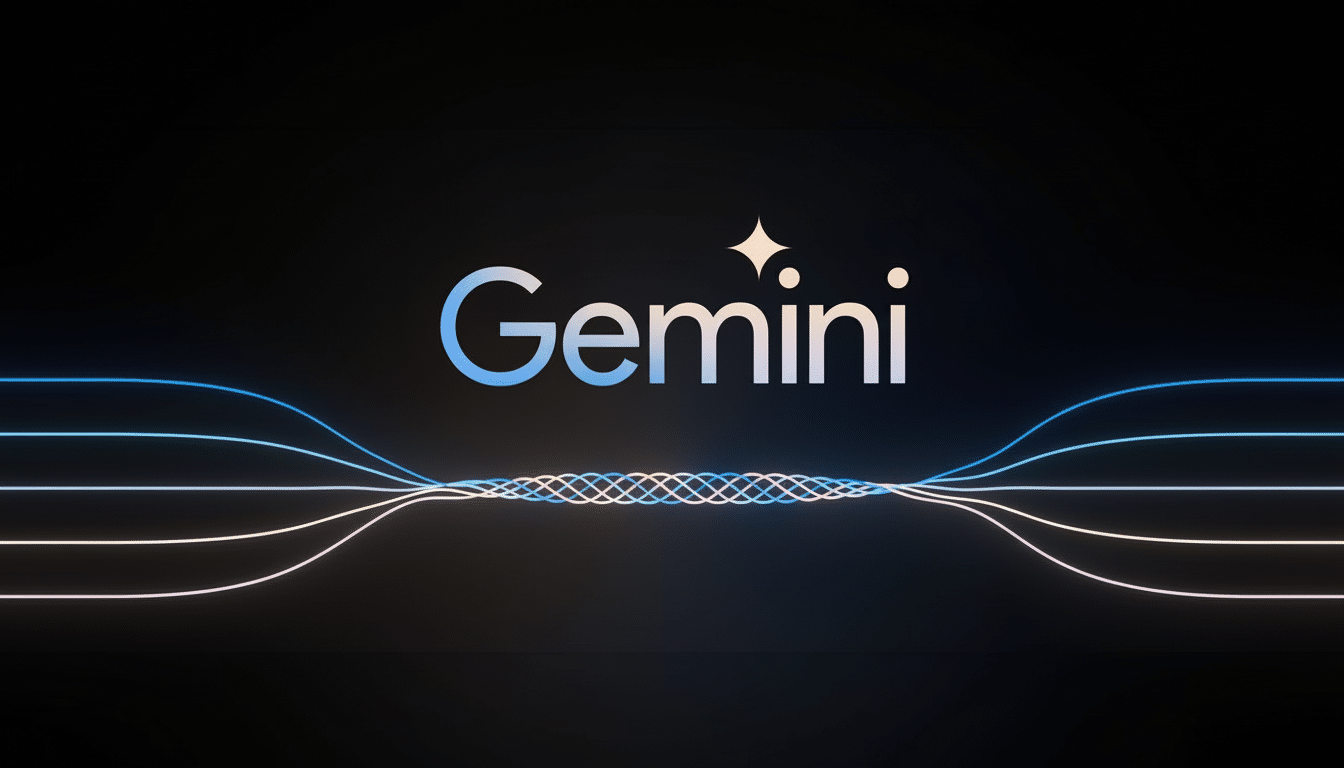Google is debuting native SynthID detection within Gemini that will allow people to see right away whether an image was generated or manipulated by AI. The move makes the company’s invisible watermarking system something that can be seamlessly integrated into everyday use, with none of the friction of pushing things to a separate portal or manually uploading and authenticity checking some forgotten file being flipped between participants in a chat or workflow.
With the new integration, Gemini can process a photo that you share and indicate whether it contains SynthID signals even if only parts of an image have AI fingerprints. It’s a small user interface change with significant implications: more people can vet images right where and when they view them.

What SynthID Does and How It Works Across Media
SynthID, from Google’s DeepMind lab, inserts an undetectable pattern into AI-generated pixel outputs. Unlike visual watermarks or metadata tags, which can get lost when an image is reposted, SynthID’s watermarking survives changes such as scaling, cropping, color alterations, and high JPEG compression. It can be used on images, and Google has experimented with applying it to video and audio.
The detector seeks this covert signal and gives a confidence level. In practice, this means that, with Gemini, images can be labeled as likely AI-generated, AI’d, or mixed, with the label timestamped—and it only being applied to certain regions of a photo—so that, in cases where only part of an image has been manipulated (a desired BFP)—like a replaced sky or inserted object—the label can indicate those regions. This is most useful as synthetic materials increasingly intermingle with true photography.
How to Use SynthID Detection Seamlessly in Gemini
Within Gemini’s associated applications, Image Analysis gains a new SynthID option. Share or upload a photo to your chat invoking SynthID and proceed to scan Gemini for the embedded watermark. Responses appear inline, so you can carry on asking questions—what appears to have been changed? How confident is the system that it has done the right thing? Does AI only affect part of a frame or segment, or does it handle the whole thing?
This streamlines the process from previous versions of Google’s SynthID Detector portal, which required separate access and manual uploads. By having the check available in places where people already chat and work, Google is betting detection will get used more often, particularly for swift verifications in messaging apps; on classroom boards; or at editorial desks.
Limits and the Broader Ecosystem for AI Watermarking
There’s a crucial caveat: SynthID can spot only content watermarked with SynthID. If an image is from a model or tool that doesn’t embed the watermark in it, Gemini won’t be able to authenticate AI involvement. That is process-dependent on adoption across generators.
Google says it is also working on expanding partnerships to increase the use of SynthID. The work dovetails with industry efforts such as Content Credentials, as part of the C2PA standard, that stick provenance data on files. Adobe’s Firefly, for example, ships images with Content Credentials; OpenAI—along with Meta and others—has agreed to label synthetic media in different ways. A multi-faceted approach—strong invisible watermarking coupled with open provenance metadata—will be indispensable, as files flow through platforms that could strip out or tamper with tags.

No detection system is foolproof. Adversaries could try a transformation purposefully designed to interfere with the watermarks. DeepMind’s research is based on resistance to natural edits, not advanced targeted deletion. SynthID should not be considered as the only factor but rather part of a strong signal.
Why this matters for trust and safety in online media
Human judgment alone can barely keep up with console-quality, photorealistic AI.
Studies have repeatedly shown that people can correctly identify synthetic images only about 50–60% of the time—a performance not significantly better than chance, particularly for high-quality portraits. So it’s a practical necessity to have fast, accessible detection tools.
Misinformation through visuals is already exacting real-world costs. An AI-generated photo of an explosion near a government building caused a momentary crash in markets once again in 2023, while the viral AI photoshops of public figures that flood social networks are quickly debunked only after they go viral. A majority of people worry about being able to distinguish between real and fake online, according to the Reuters Institute, and regulators around the world—from the EU to the U.S.—are urging platforms and model providers to label synthetic media clearly.
By baking SynthID deep into Gemini, Google is making provenance checks almost as easy as sharing a meme. That removes a hurdle for newsrooms, educators, and any casual users to add a little verification step before they re-share or respond.
What to watch next as SynthID expands inside Gemini
Questions now are about scale and interoperability. More third-party models would extend coverage, and closer alignment with open provenance standards would help ensure the signals could survive when content was passed between apps. Expect expansion beyond images to short-form video frames and creative tools, as well as tighter integration with other features like image context panels and fact-check overlays.
For users, the takeaway is straightforward: if you can test, you should. SynthID inside Gemini won’t identify every fake, but it does give you a fast and reliable read when the source is playing along with watermarking—an important step toward rebuilding trust in what we see online.

